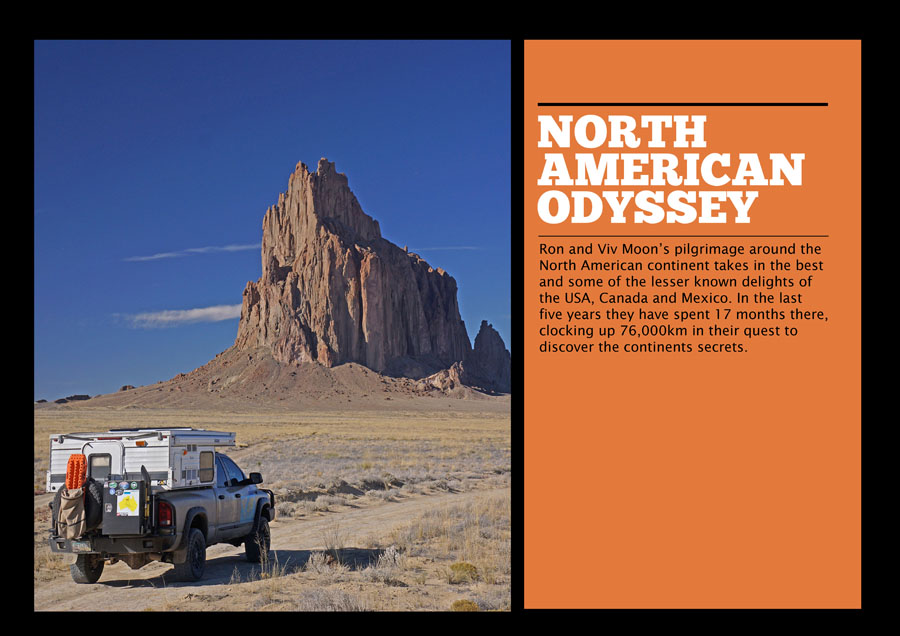
Ron and Viv Moon’s pilgrimage around the North American continent takes in the best and some of the lesser known delights of the USA, Canada and Mexico. In the last five years they have spent 17 months there, clocking up 76,000km in their quest to discover the continents secrets. Words and Images by Ron and Viv Moon
Meat Cove is located close to the northern tip of Cape Breton Island, Nova Scotia, while the camping area of the same name – not a glamorous one to be sure, but the title is deceiving – is perched on the steep rounded hills overlooking the bay where precipitous jagged cliffs plunge into the cool waters of the North Atlantic Ocean. It is an impressive place with gannets wheeling overhead and dolphins and whales cruising offshore. It was one of the best camps we have had in our traverse across North America and probably the only one in the east of that magnificent continent I’d go back to.
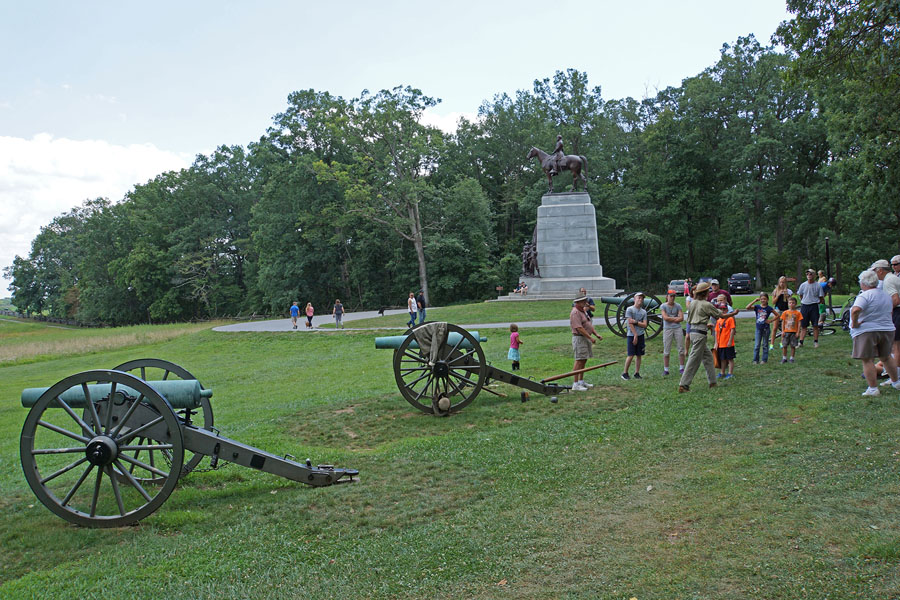
Gettysburg Virginia Memorial with General Robert E Lee on his horse
But, in proof of the old saying that there is no perfect place, that was where and when we found out all about the irritation and annoyance that Canada’s ferocious biting black flies can cause!
Our first four months of American peregrinations had been spent wandering the south-west where we lost ourselves in the more remote country and environs of Nevada, Arizona, New Mexico, and western Texas before coming back into Utah, now our favourite state in the Lower 48.
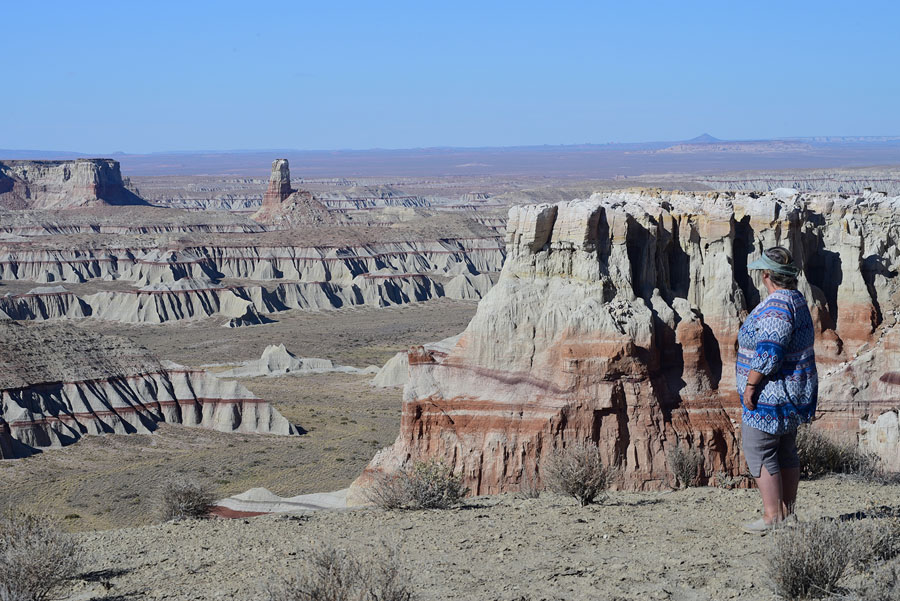
Coal Mine Canyon, Arizona
The second phase of our adventure had seen us wander down into Mexico savouring the delights of the La Ruta del Tequila (The Tequila Trail) and the Camino Real de Tierra Adentro, which was the first route traced by the Spaniards in America and ran between Mexico City and Sante Fe in New Mexico. We spent some time in the historic town and World Heritage Site of San Miguel de Allende, once an important part of the Royal Road before heading to the tumultuous Mexico City. Our plan being to see the Teotihuacan Pyramids, with its mighty Pyramid of the Sun and smaller, but no less impressive Pyramid of the Moon, both dating back to 100BC. But, somehow along the way, we got involved in a parade of striking school teachers with literarily thousands of armed police around while the next day we enjoyed a much more colourful and friendly Lesbian and Gay march with hardly any police presence at all. Aaah, the unexpected delights of overlanding!
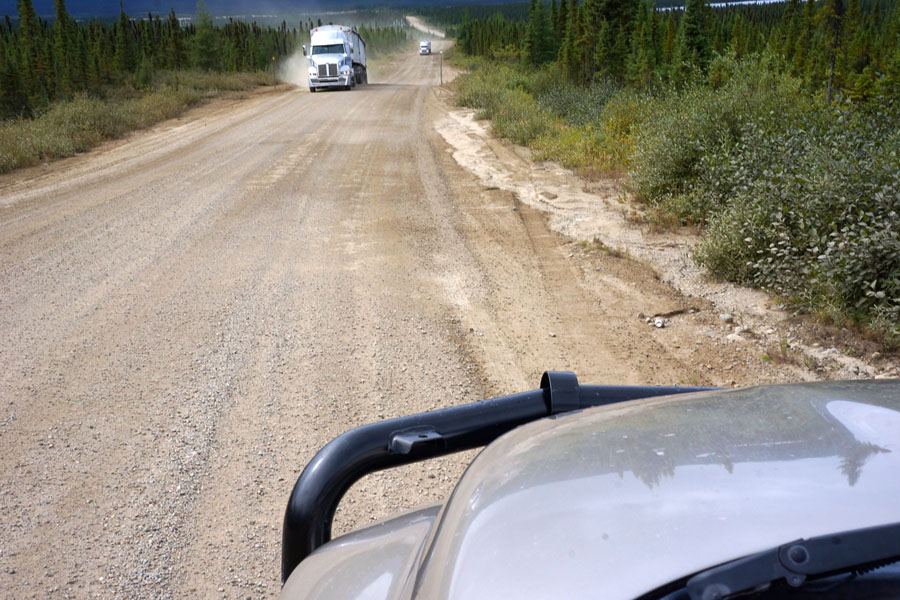
North Quebec Dirt Road
Turning north we crossed back into the USA and the state of Texas where we took a tour of the impressive King Ranch, which once owned sprawling properties in Australia and introduced, amongst other innovations, the Santa Gertrudis breed of cattle to the continent. Still the biggest ranch in the USA, stretching across nearly 400,000ha it runs 35,000 cattle and 200 fine quarter horses, along with vast areas of cropping plus wilder areas for recreational hunting and bird watching.
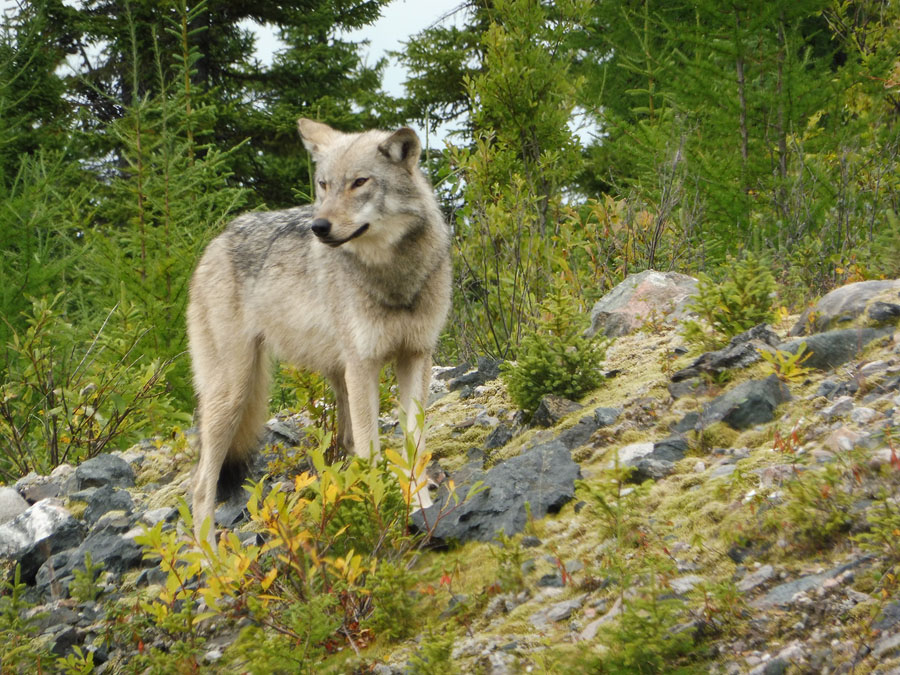
Labrador Wolf
From our camp on the nearby Padre Island National Seashore we poked our way through eastern Texas to Arkansas and Tennessee and to the Smoky Mountains National Park before heading along the Blue Ridge Parkway through the greenery of the Appalachian Mountains to Washington DC and its incredible monuments and museums.
We got to New York too, a week or so later after leaving Washington DC, going there via Gettysburg (man, the Yanks do their historic and battlefield monuments exceedingly well), but we could have easily bypassed the ‘Big Apple’.
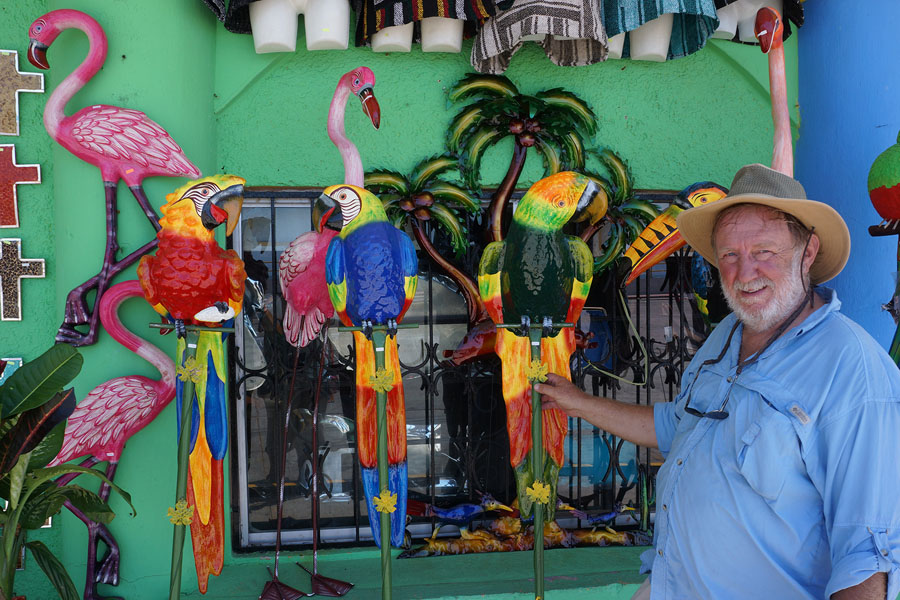
Colourful Birds Down Mexico Way
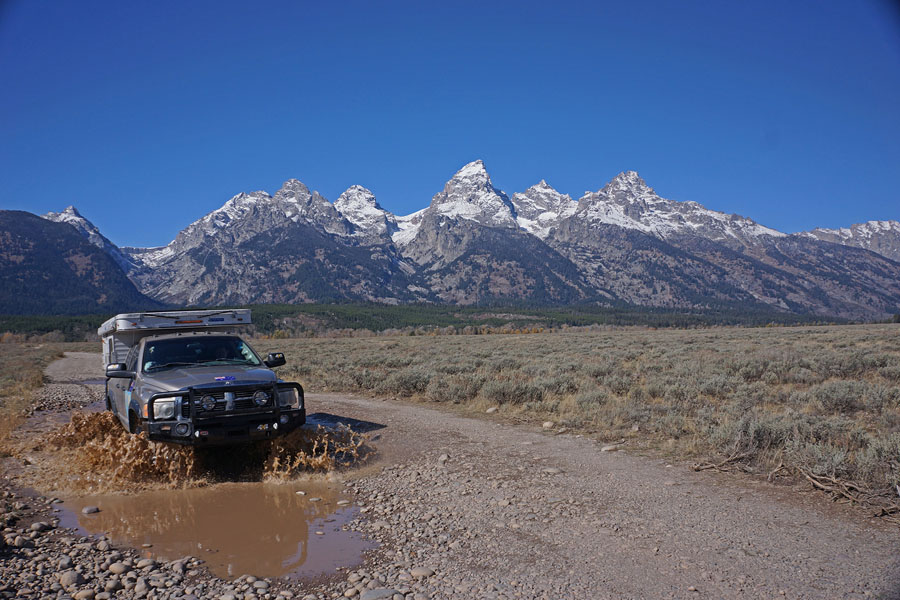
Along a backroad with the Grand Tetons in the background
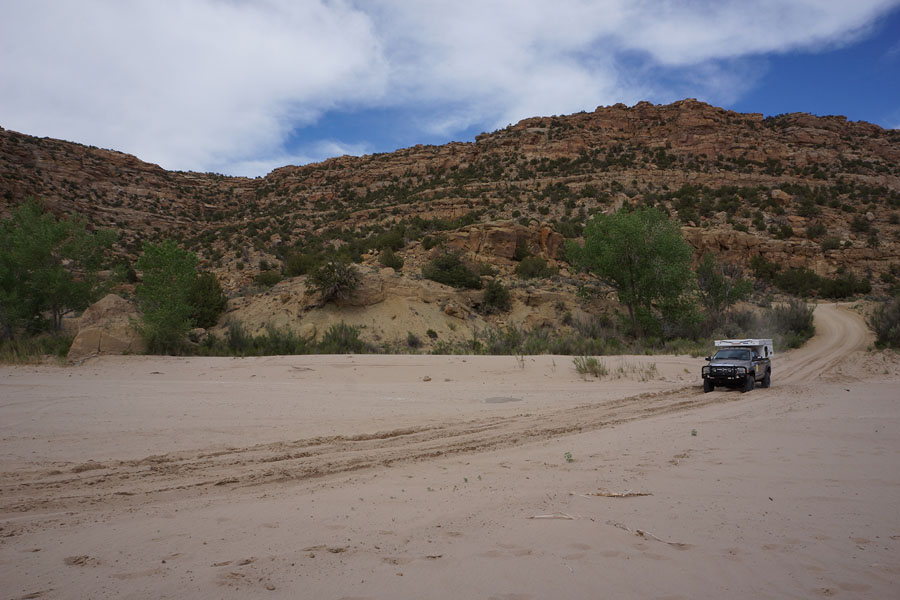
Crow Cayon New Mexico
Glad to get away from the big smoke we headed to Acadia National Park – my diary for the trip stating we passed through four states in the one day – New Jersey, New York, Massachusetts and then Vermont – before we found a pleasant camp in a state park surrounded by the verdant forests of eastern America. The national park though, when we got there, was crowded, so we pushed on to lesser-known and less populated fields including West Quoddy Point Lighthouse – the most easterly point of the USA.
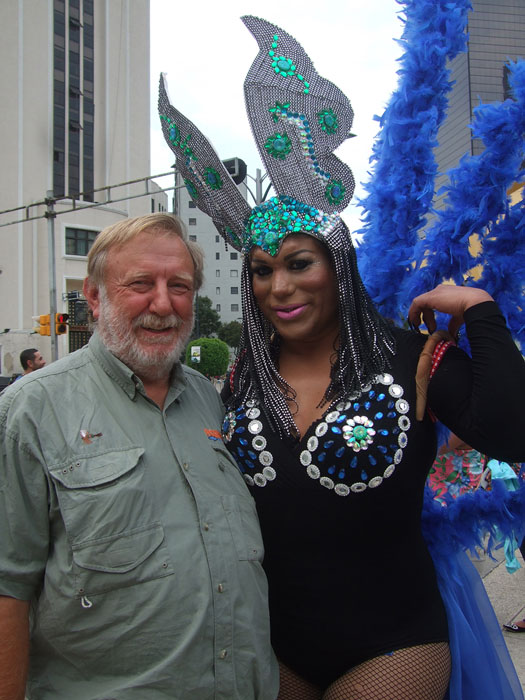
Ron and one of the marchers at the colourful and friendly Gay and Lesbian parade in Mexico City
It was a just a veritable hop, step and a jump to Canada from there and we headed to Nova Scotia with its gigantic tides in the Bay of Fundy and pretty Prince Edward Island where some of the biggest tuna on the planet can be caught (and released under strict environmental controls).
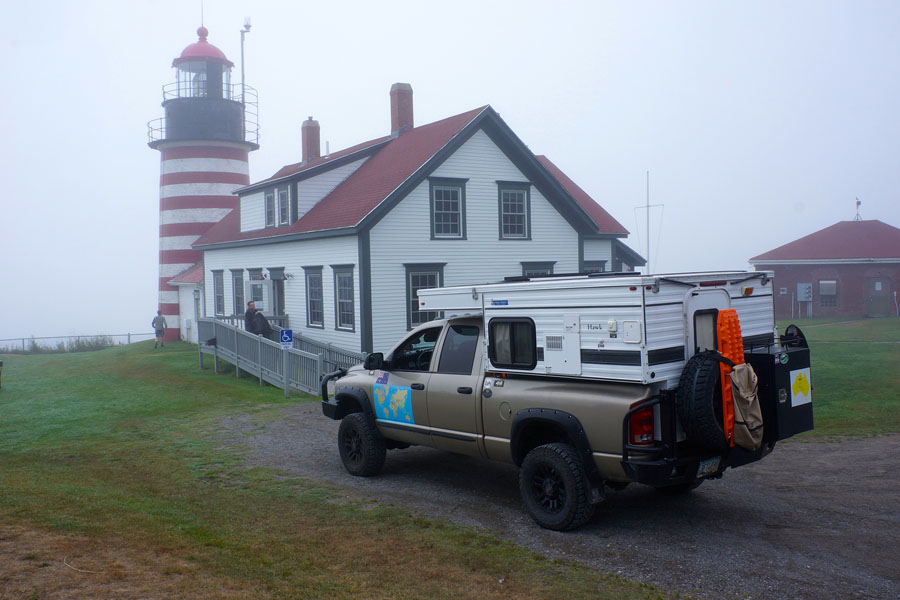
Quoddy Head, the most easterly lighthouse in the USA
On our return the following year we started our adventures with a camping foray to Meat Cove and then caught the ferry to Newfoundland and headed to the Cape Spear National Historic Site and the most easterly point of the North American continent, the roads remaining blacktop all the way. Swinging back west we stopped for a few days along the coast of Gros Morne NP and its sheer sided Western Brook Pond, which is a land locked fjord reached by a mile or so wander along a boardwalk and a boat trip. On the northern tip of Newfoundland we discovered L’Anse aux Meadows, the only authenticated Viking village in the whole of the continent.
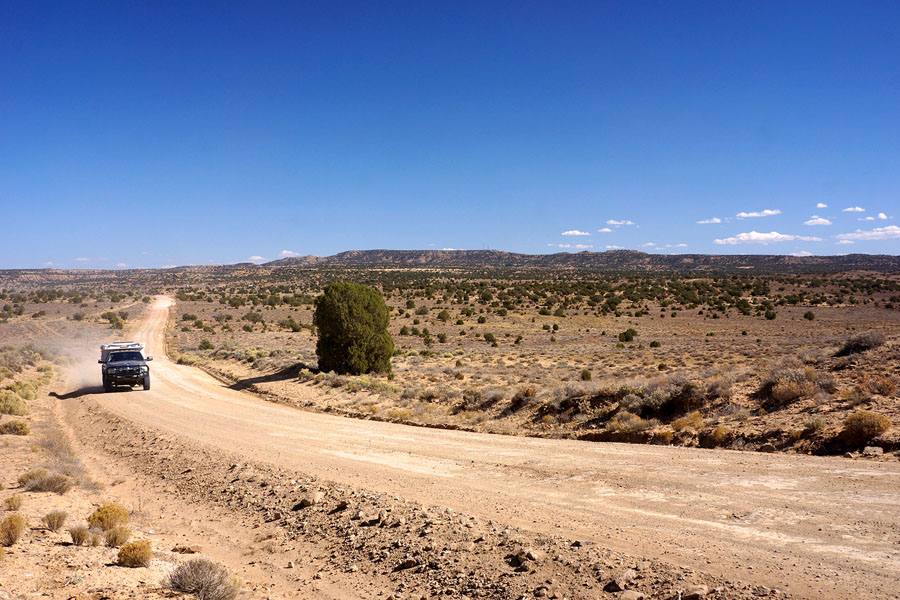
Through Indian land
With yet another ferry ride across the Gulf of St Lawrence we landed in Labrador and took the long sweep of dirt and muddy road north, and then west, to Happy Valley-Goose Bay. This is a pretty remote part of the planet, but things are changing rapidly here with a couple of hydro dams and power developments pushing a long, wide and sinuous power line through the virgin forest and across the bogs and marshes of remote eastern Canada to bring electricity from the remote parts of that province to the more settled precincts of Newfoundland and Nova Scotia. Soon the whole route from Blanc-Sablon, where the ferry deposits you in Labrador (really just across the border in remote eastern Quebec), to Goose Bay will be boring bitumen.
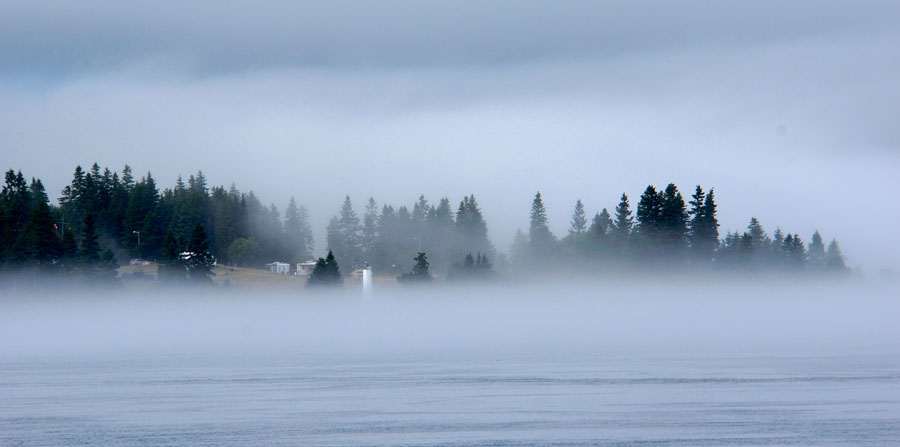
Fog shrouded our trip along the coast of Maine to Canada
From the industrial-come residential base of Goose Bay (there’s not much to say about the place) we found our way through the remote parts of the vast province of Quebec passing huge hydro dams and monster iron ore mines to the historic capital on the Saint Lawrence River – the old walled town of Quebec being the only such fortified city in all of North America. We enjoyed the old part of the city and the history, but Quebec and its French-speaking citizens are, it seems to us, a bit of an anomaly in the wider, vaster and more populated expanses of the country. Certainly, it feels like a different country with its French-only signs, language and customs, and to be honest, we felt more like an outsider here than in any other province in Canada.
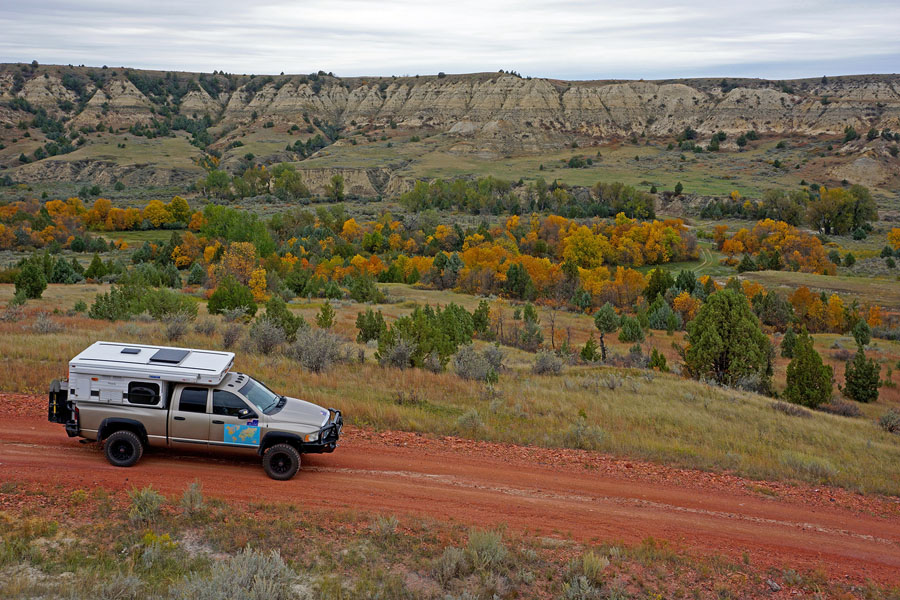
North Dakota – badlands country in Theodore Roosevelt National Park
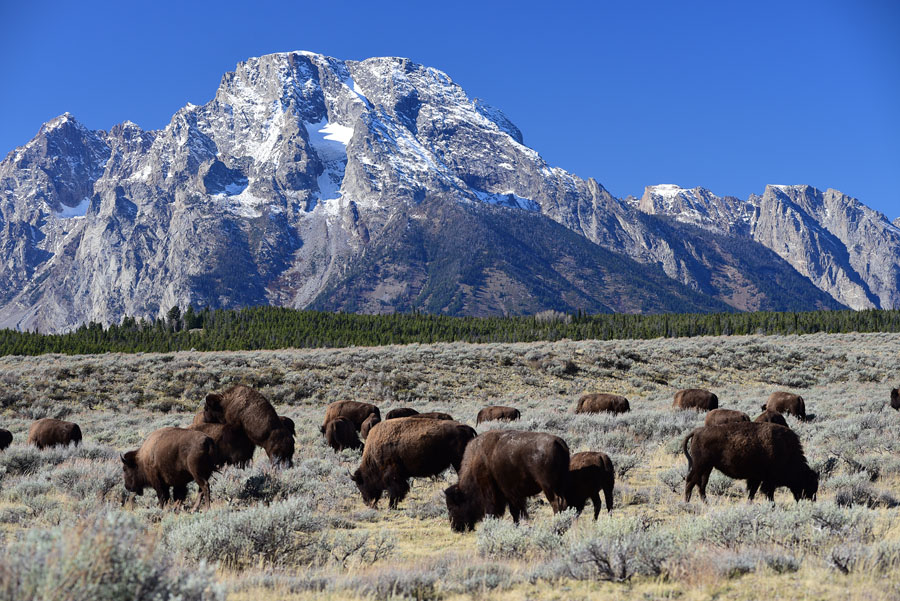
Bison at Grand Teton National Park
Sick of the crowds and looking for quieter quarters we headed north from Quebec City and then west on roads used mainly by logging trucks, hydro workers’ pick-ups, or mining exploration vehicles. At one lonely camp on the edge of a small nature reserve we had a black bear take an uncommon amount of interest in our vehicle, waking us up in the middle of the night as he pushed the back end of our Ram 2500 this way and that, before wandering off into the dark.
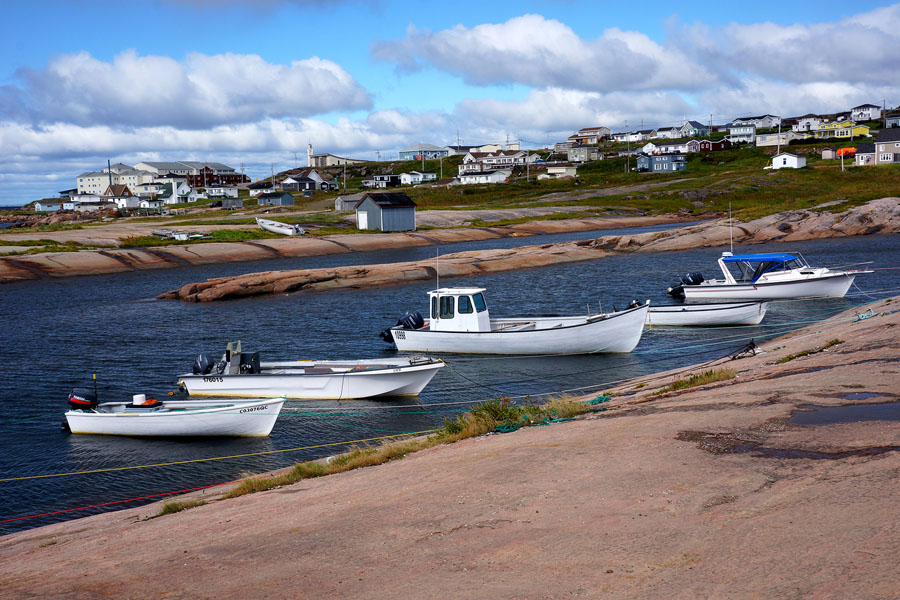
Boats at Labrador Blanc Sablon
Passing over the great shoulder of Lake Superior we crossed the border back into the USA and into Minnesota, finding the headwaters of the mighty Mississippi in the pleasant Lake Itasca State Park. Heading westward next day (in our quest now to reach the most westerly point of the USA) we stopped for a quick photo at the Geographical Center of North America in Rugby, North Dakota.
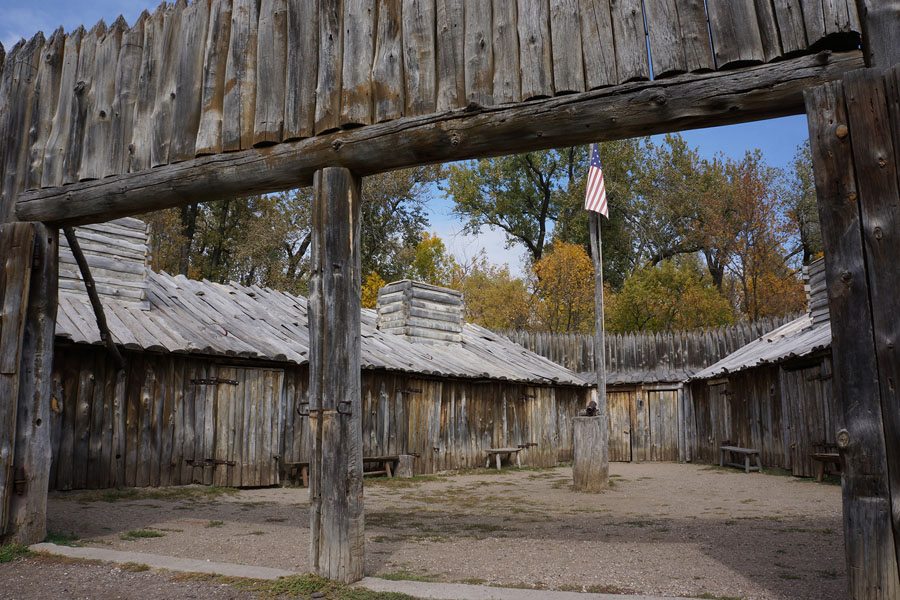
North Dakota Lewis Clarke Fort
The fracking and subsequent oil and gas boom that has gripped North Dakota, especially, has done little to enhance the natural rolling grasslands, part of the Great Plains or Grand Prairie, which covers much of north-central USA, west of the Mississippi and adjoining Canada. South of Lake Sakakawea, on a much-tamed Missouri River, we came to our first Lewis and Clarke monument at a reconstructed Fort Mandan where that great exploring expedition had wintered in 1804-05. If you are a fan of their travels and endeavors (like we are) this is one place not to miss.
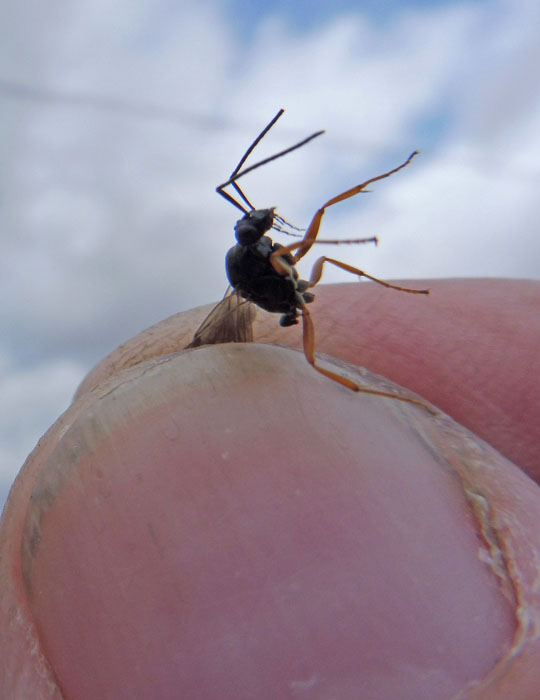
Canada has unforgettable biting black flies
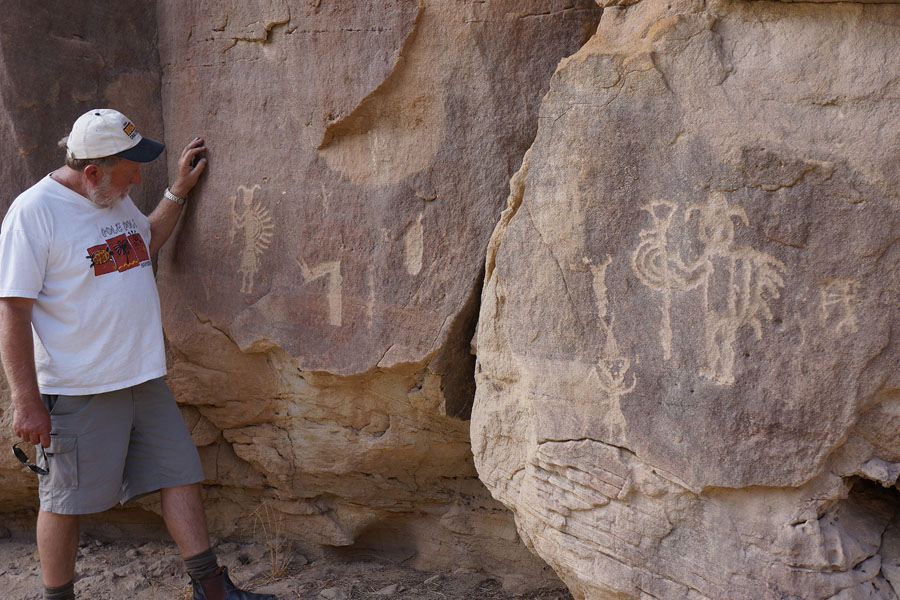
Crow Canyon Art – New Mexico
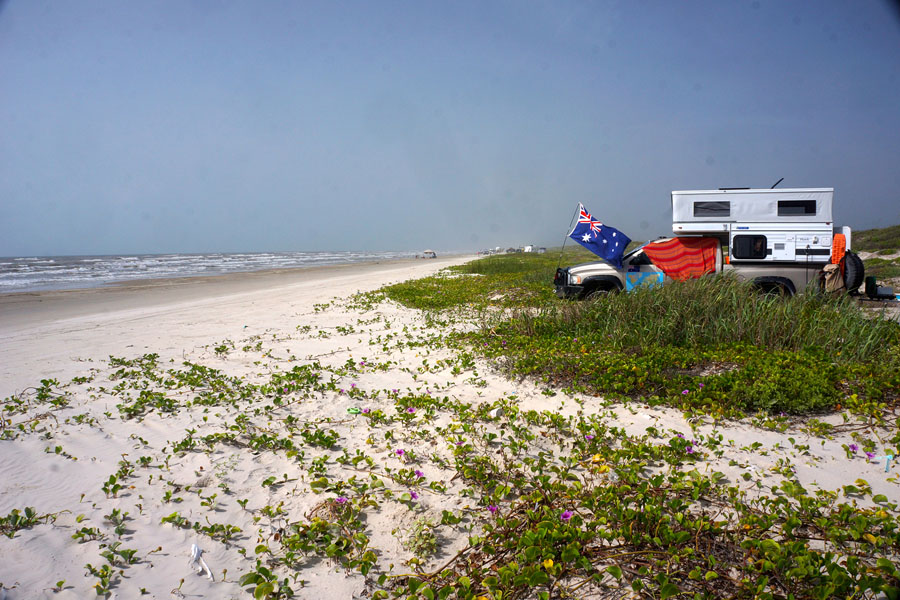
Padre Island Camp
Then, for the next few days, we wandered the badlands in and around the Theodore Roosevelt National Park, reveling in being back in ‘The West’, finding some dirt roads and rougher tracks to explore, discovering remote, or at least remoter campsites and enjoying the wildlife – bison, pronghorn antelope, mule deer and big-horn sheep, amongst others.
Pushing ever onwards towards the setting sun we found ourselves amongst the high peaks of the Rocky’s with the fabulous Glacier National Park to enjoy, then the Cascade Mountains with its impressive Mt Rainer. We were lucky to fluke a day when it was clear and the mountain stood proud of its verdant surrounds of pine forest and tranquil lakes, the Fall colors adding even more vitality to a splendid scene.
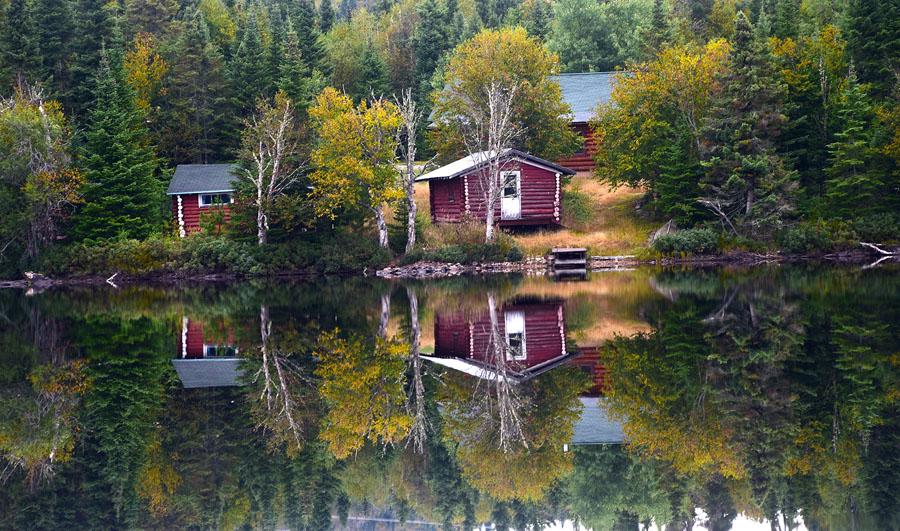
North Quebec Hunting Camp
Circumventing the built-up areas of Tacoma and its surrounds in northern Washington State, we found our way along the edge of Olympic National Park and skirted the rocky shores of the Strait of Juan de Fuca to the Makah Indian Reservation and the small community of Neah Bay.
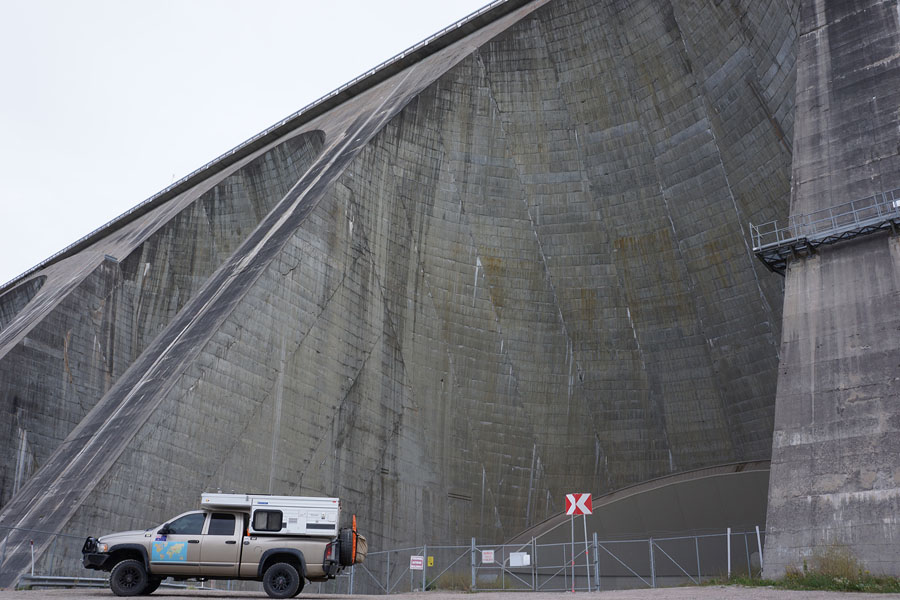
North Quebec big dams
Five miles further on a carpark marks the road’s end and from here it is a half-mile walk through Pacific temperate rainforest of tall and ancient Sitka spruce to the rocky, heavily indented coast at Cape Flattery. This is the most western point of the Lower 48 … and it shares its name with Australia’s Cape Flattery (Queensland), both being named by that eminent navigator and explorer, Captain James Cook.
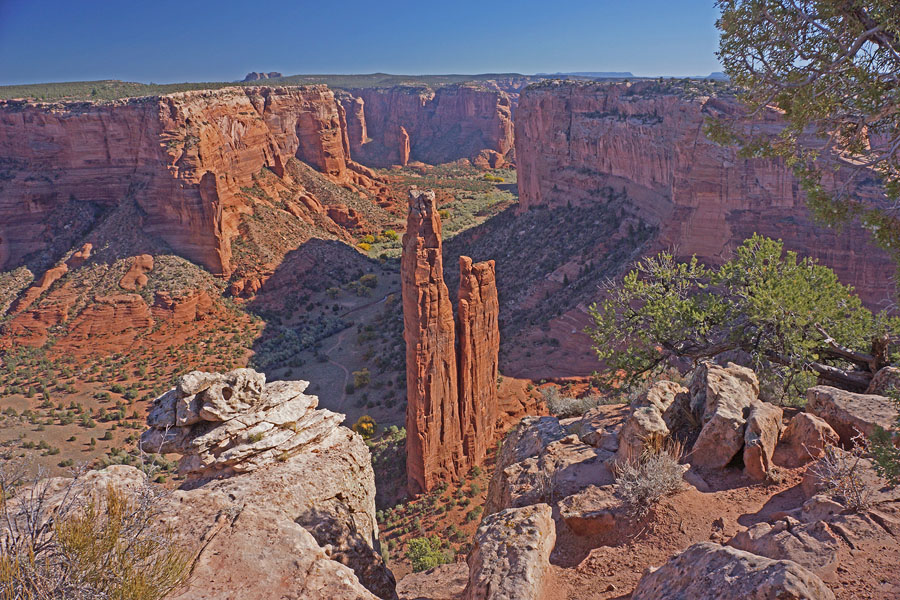
Canyon de Chelly
Turning south we found our way through the backwoods of Oregon and magical Idaho, camping on the mighty Snake River and well off the beaten track on the edge of the McGraw Creek Wilderness Area. For the next few days we wandered along the South Fork of the Payette River and then the Salmon River before meeting up with the Snake River once more, our travels taking us through national forests, national monuments and designated recreational areas, the country ever changing from rugged snow-capped mountains to lush rolling plains to verdant forests. Throughout, our overnight stays were in some magical, pinewood shrouded campgrounds.
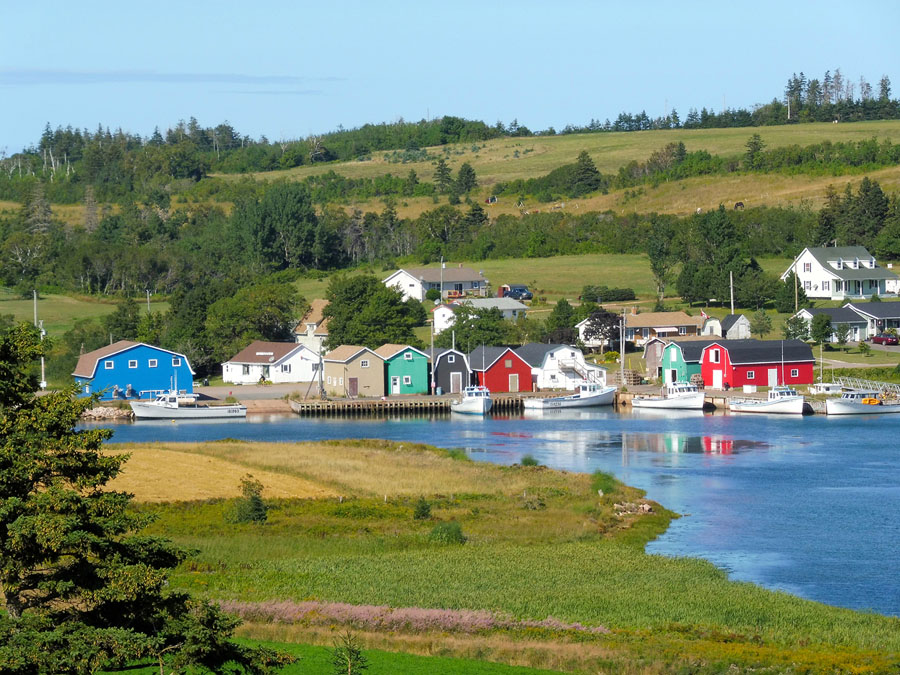
Pretty Prince Edward Island
Fishing village
Crossing into Wyoming we headed for the Grand Teton NP, surely one of the most impressive landscapes on the planet. Rugged jagged peaks, there sides slashed by glaciers rear up abruptly from the plains and make up the 65km long Teton Range, the youngest mountain chain in the Rocky Mountains with snow-capped peaks reaching up to over 4000 metres. Driving some of the back roads here – once again along the edge of the upper reaches of the Snake River – we came across large herds of grazing bison, wandering groups of elk and small mobs of deer … and just one or two other vehicles. All with a backdrop of impressive mountains …. it was pure magic! Heading south through Colorado, our route always searching for dirt roads and less used campsites we crossed into New Mexico and camped under the towering bulk of Shiprock, the only sign of human habitation that evening was the light of a single farmhouse twinkling in the distance.
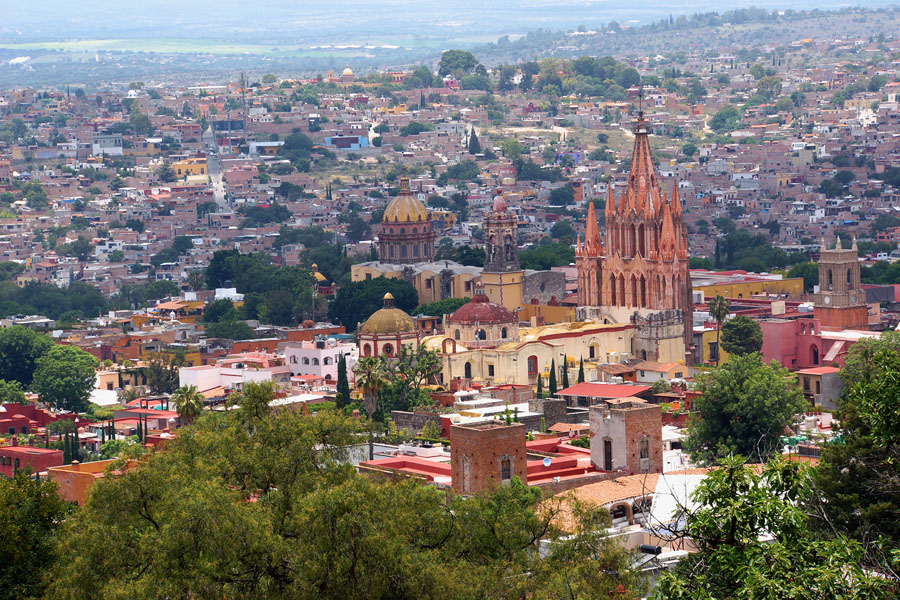
World heritage listed San Miguel de Allende, Mexico

Looking towards the Pyramid of the Moon over the extensive ruins of the great city of Teotihuacan
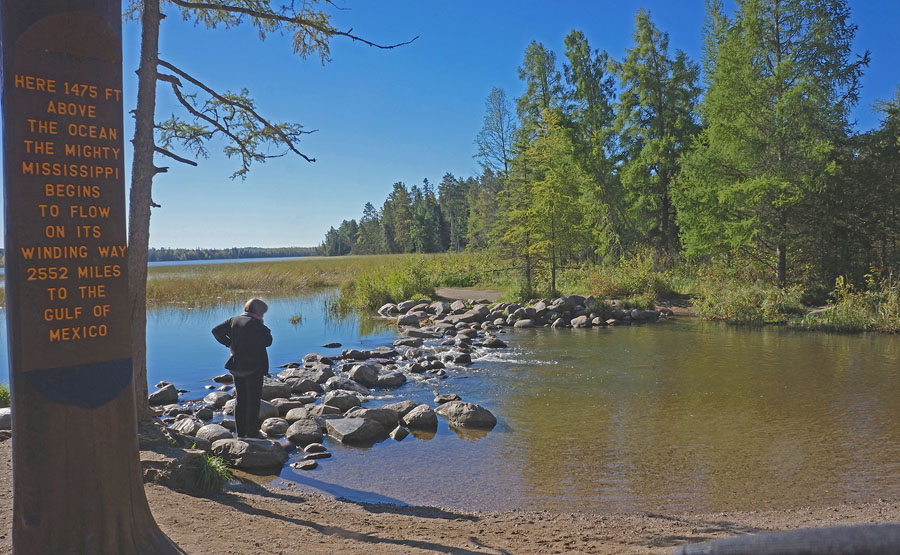
The source of the Mississippi
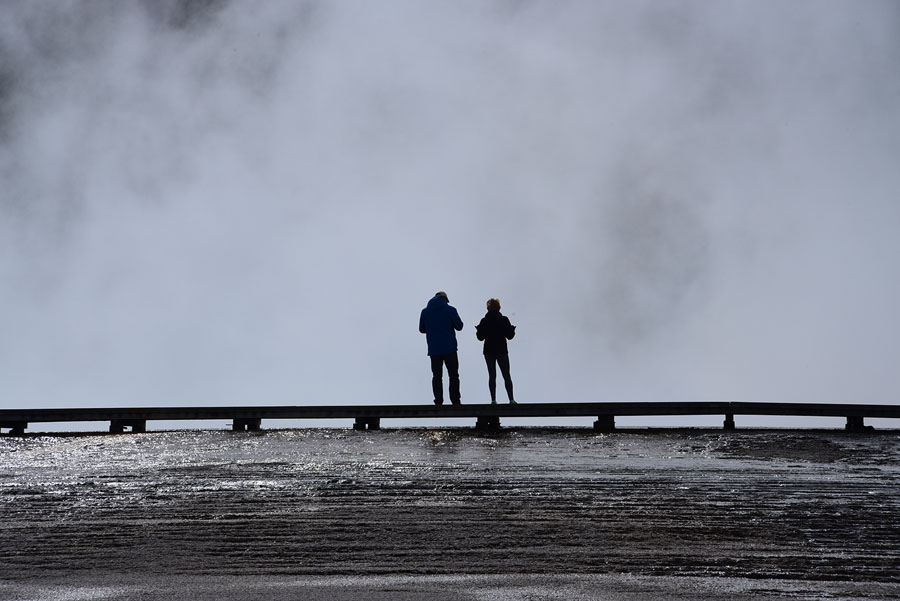
Steam shrouds a couple at Grand Prismatic Springs, Yellowstone National Park
Then we climbed across a mountain range (as you always seem to do when touring the west of the USA) topping out at 2600m as we sidled over Buffalo Pass, the view across the plains back to Shiprock stunning to say the least. That evening we camped in the Cottonwood Campground of Canyon de Chelly National Monument, a park run by the local Navajo Indian people. This sheer sided convoluted and long defile was the last stronghold of the Navajo when Kit Carson led a US Army detachment into the chasm to root them out in 1864. The tribes were relocated far away; ‘the Long Walk’ as it became known, a blot on Carson and the US Army that still lingers today.
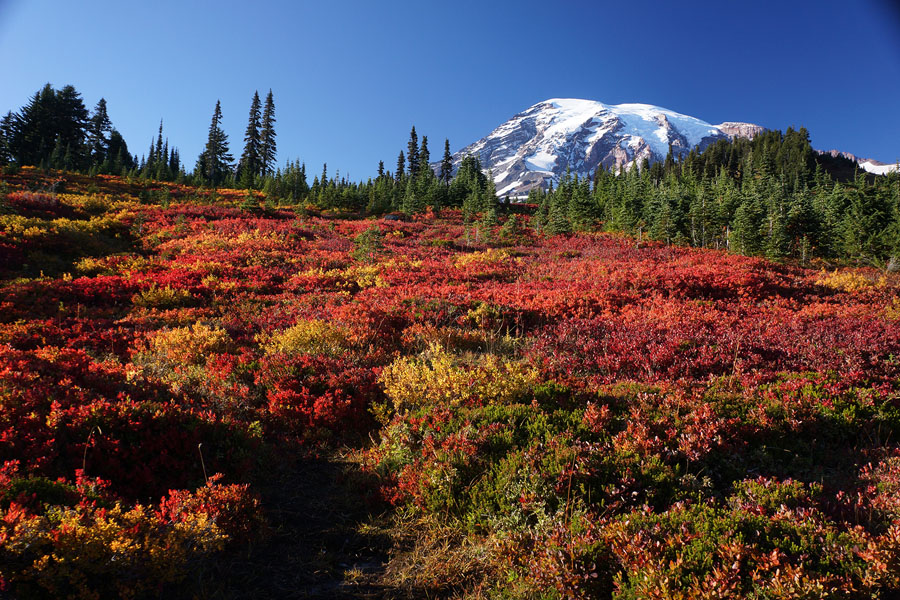
Mt Ranier Washington- Autumn Colours
A couple of days later we crossed the border to camp overlooking the little known and far less visited Coal Mine Canyon in north-eastern Arizona. It was a fitting end to our travels, but as we were placing the Ram into storage for another year, we were already drawing up plans to return … our love affair for ‘The West’, barely sated!
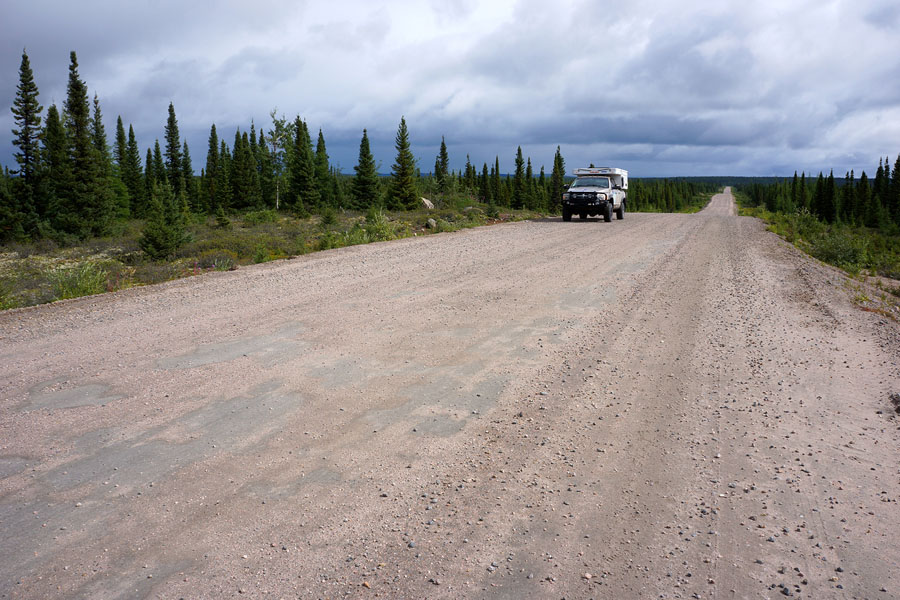
Labrador Road
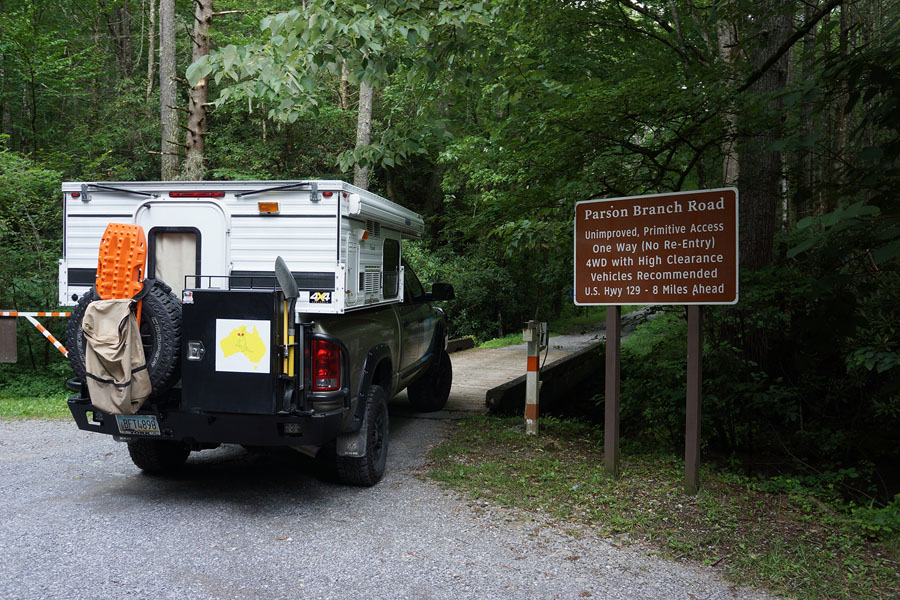
As tough as the trail gets in the Smoky Mountains National Park
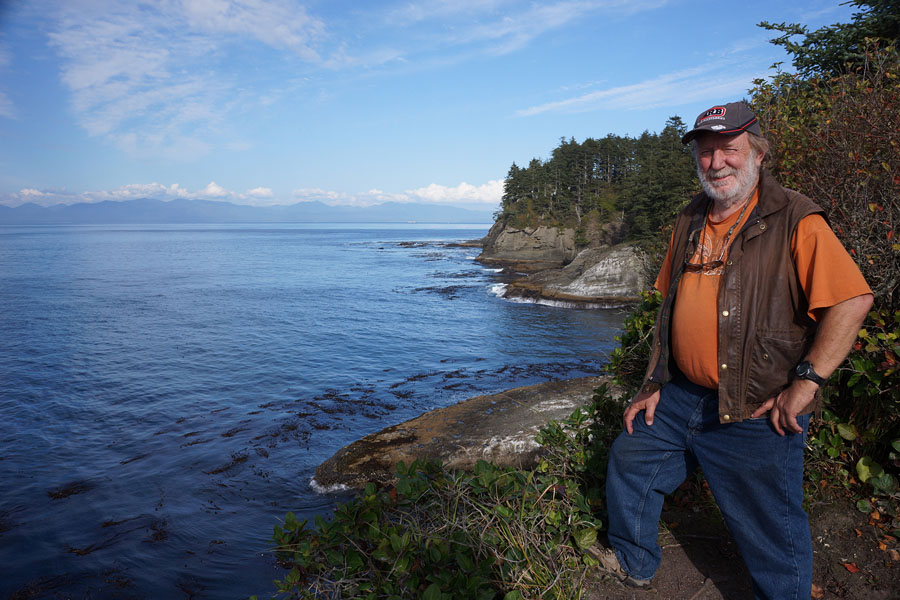
Ron Moon at Cape Flattery
Info & Travel Planner
Travelling in the States and Canada is easy; Mexico is a little more difficult with language, border formalities and police check points being the greatest hurdles, but it is still a relative pain free experience and more than worth the effort.
Hiring a vehicle or camper for travelling in the US and Canada is again easy with a lot of choice, but if you want to travel in Mexico with it, you’ll need to check with the vehicle hire company. If you want to buy a
second-hand vehicle in the USA – check Craigs List in the city you want to buy; ie: http://phoenix.craigslist.org.
California is the most stringent state with annual vehicle smog and safety checks – we bought our Ram 2500 in rural Arizona, which doesn’t have annual checks at all.
About the Authors
Ron and Viv Moon have been four wheel driving, touring, canoeing and diving for over 50 years.
They wrote their first guidebook on Outback Australia in 1984 and have since written over 18 guidebooks for different publishers.
Ron was editor of Australia’s leading 4WD magazine, 4×4 Australia, for 15 years and for the last 18 years has been their roving Editor-at-Large and has been involved with numerous TV and video productions.
Over the last 14 years Ron and Viv have overlanded around the world, and have spent a total of 25 months touring in North America and more than two years wandering through Africa. They still spend at least four months each year travelling in remote Outback Australia.

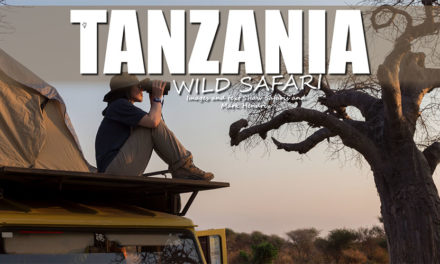
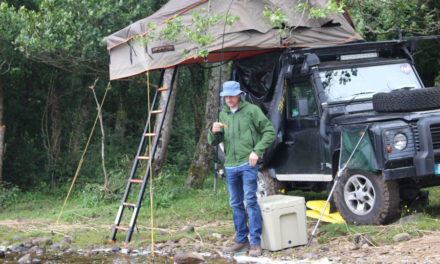
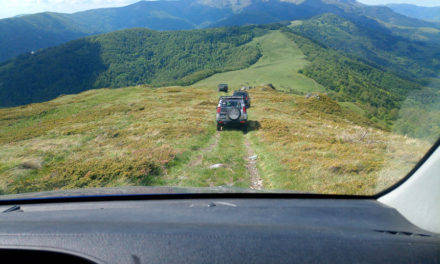
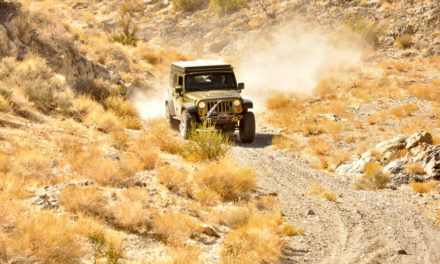
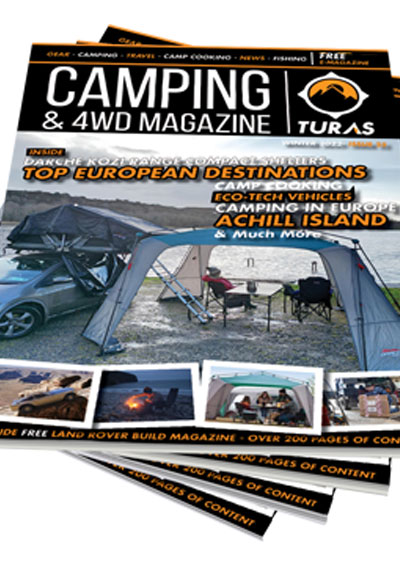

Recent Comments